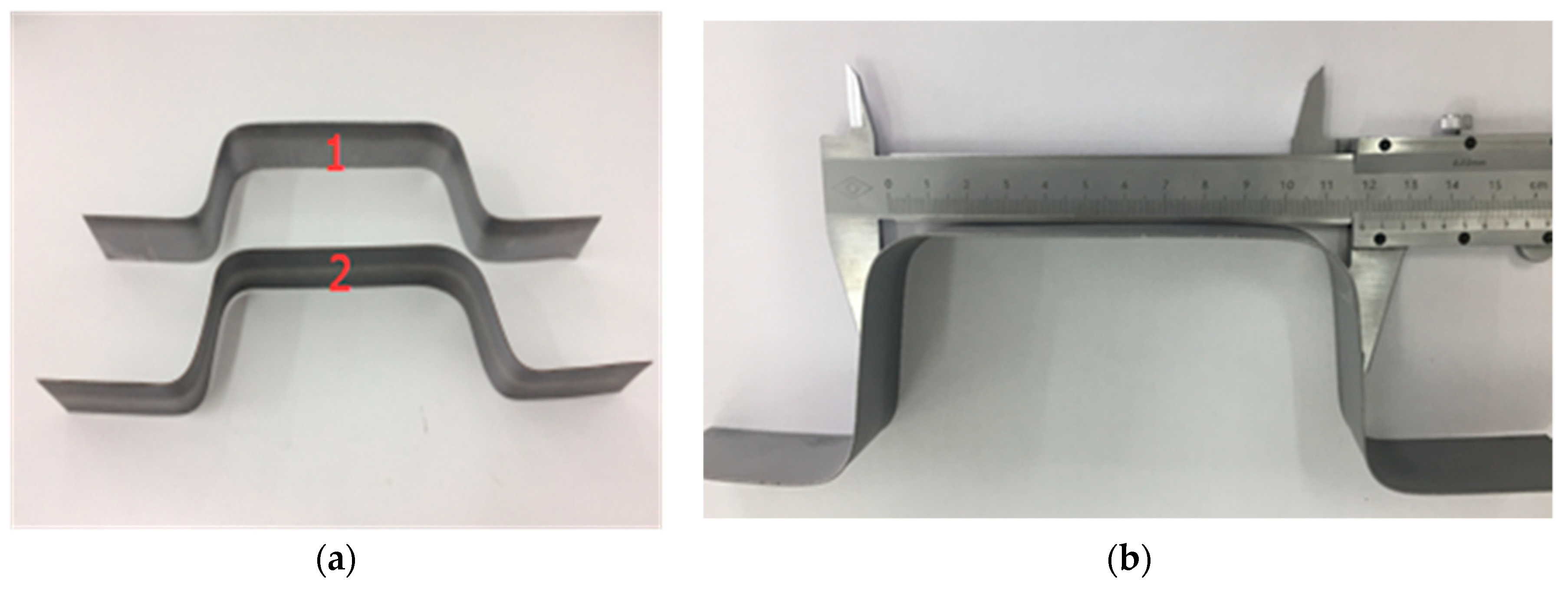Hot Forming Stainless Steel Sheet With Hammer

Unlike carbon steels work hardening rates for stainless steel mean that more severe deformation is possible at slower forming speeds.
Hot forming stainless steel sheet with hammer. At cutting dynamics our hot forming press is able to provide hot forming for stainless steel sheets to produce diverse components. Read on as we show you some basic techniques you can use to reshape and shape your metals from the comfort of your own home with basic metal shaping handtools. The combination provides a relatively lightweight product with the stainless steel s or other metal s properties. You also have to grasp the fact that you can reduce the area of sheet metal by thickening it.
Eastwood company 213 602 views. Austenitic stainless steel can be used to produce deep drawn components that require very high elongations and thus stainless steel is widely specified for the production of hollowware. Our hot forming press from beckwood corporation allows us to provide our customers with a variety of key benefits including significantly reduced lead times 12. Studies on stainless steel warm forming.
You have to adjust your mind to the concept that when you hammer on sheet metal with a steel hammer onto a steel dolly or anvil that you will expand or increase the surface area by thinning the metal. Forming sheet metal metal forming tools uses explained by gene winfield at sema duration. 2 3 these researchers performed drawing tests of cylindrical cups made of types 304 and 316 stainless steel. Aluminum also can be bonded to other metals such as stainless steel.
As you bend a stainless steel sheet the bend area cold hardens increasing the amount of pressure required to finish the bend. This added hardness increases the amount of force needed to place a bend on a stainless steel sheet. During roll forming additional care has to be taken not to scratch or damage the protective surface of the clad alloys. Chromium and nickel give stainless steel its stain resistance and attribute to the hardness of the metal.
As long as the metal is still thick and soft enough you can go on in forming it. With a ball hammer and the anvil you expand the metal by hammering it. With the wood as an anvil you are restricted to the form of the dent. Figure 1 shows the experimental setup used by takuda.














































